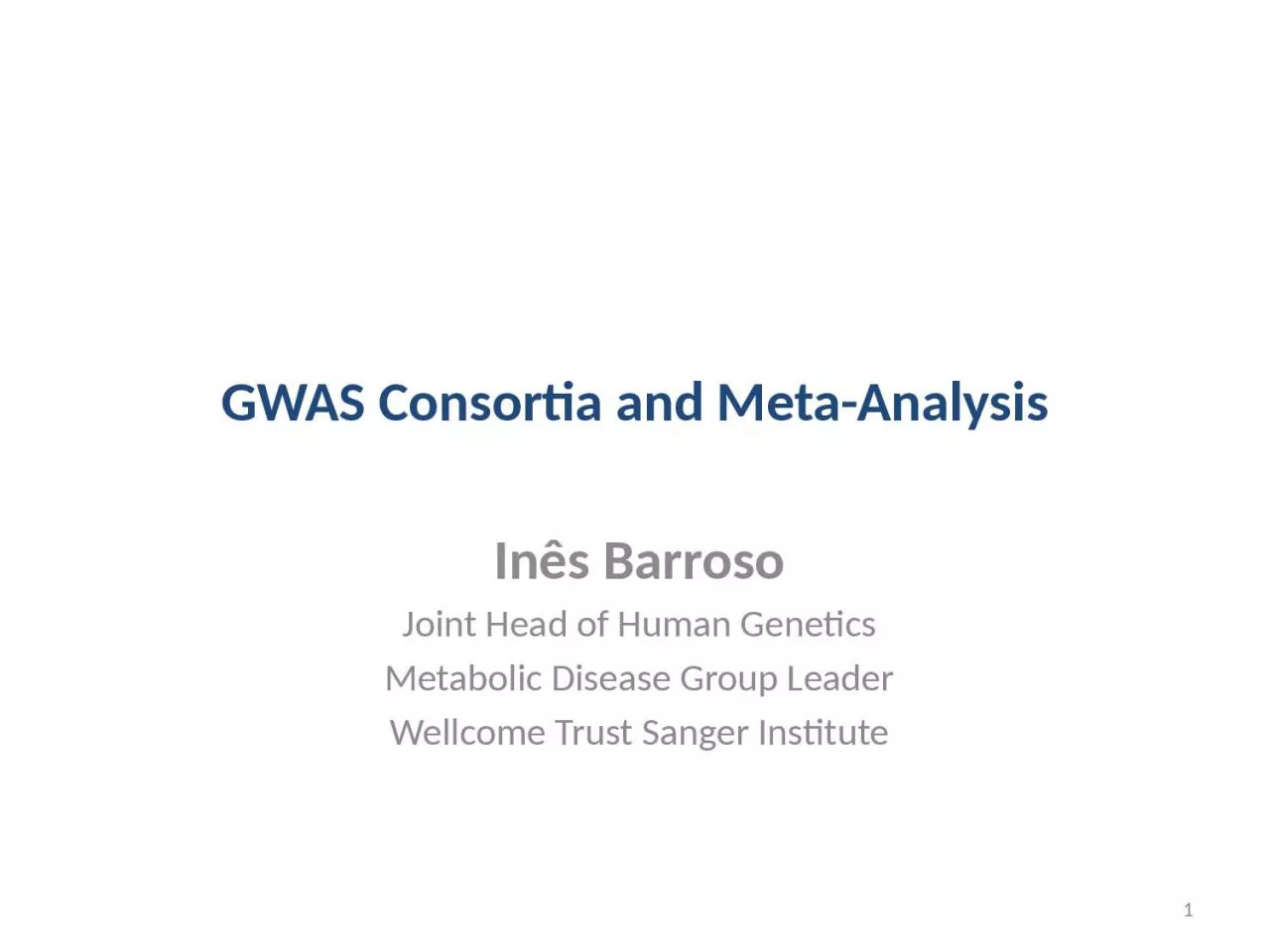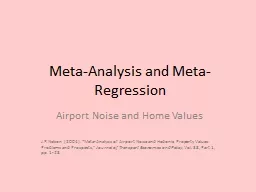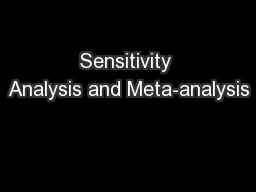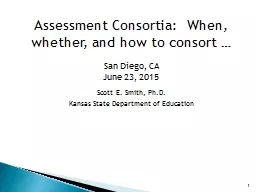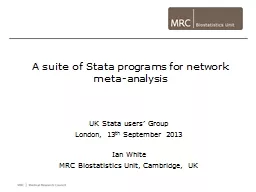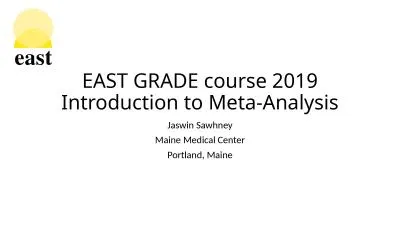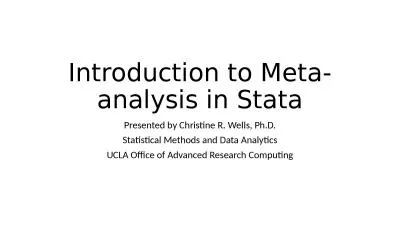PPT-GWAS Consortia and Meta-Analysis
Author : clara | Published Date : 2023-11-22
Inês Barroso Joint Head of Human Genetics Metabolic Disease Group Leader Wellcome Trust Sanger Institute 1 Objectives Why perform metaanalysis How What are the
Presentation Embed Code
Download Presentation
Download Presentation The PPT/PDF document "GWAS Consortia and Meta-Analysis" is the property of its rightful owner. Permission is granted to download and print the materials on this website for personal, non-commercial use only, and to display it on your personal computer provided you do not modify the materials and that you retain all copyright notices contained in the materials. By downloading content from our website, you accept the terms of this agreement.
GWAS Consortia and Meta-Analysis: Transcript
Download Rules Of Document
"GWAS Consortia and Meta-Analysis"The content belongs to its owner. You may download and print it for personal use, without modification, and keep all copyright notices. By downloading, you agree to these terms.
Related Documents

